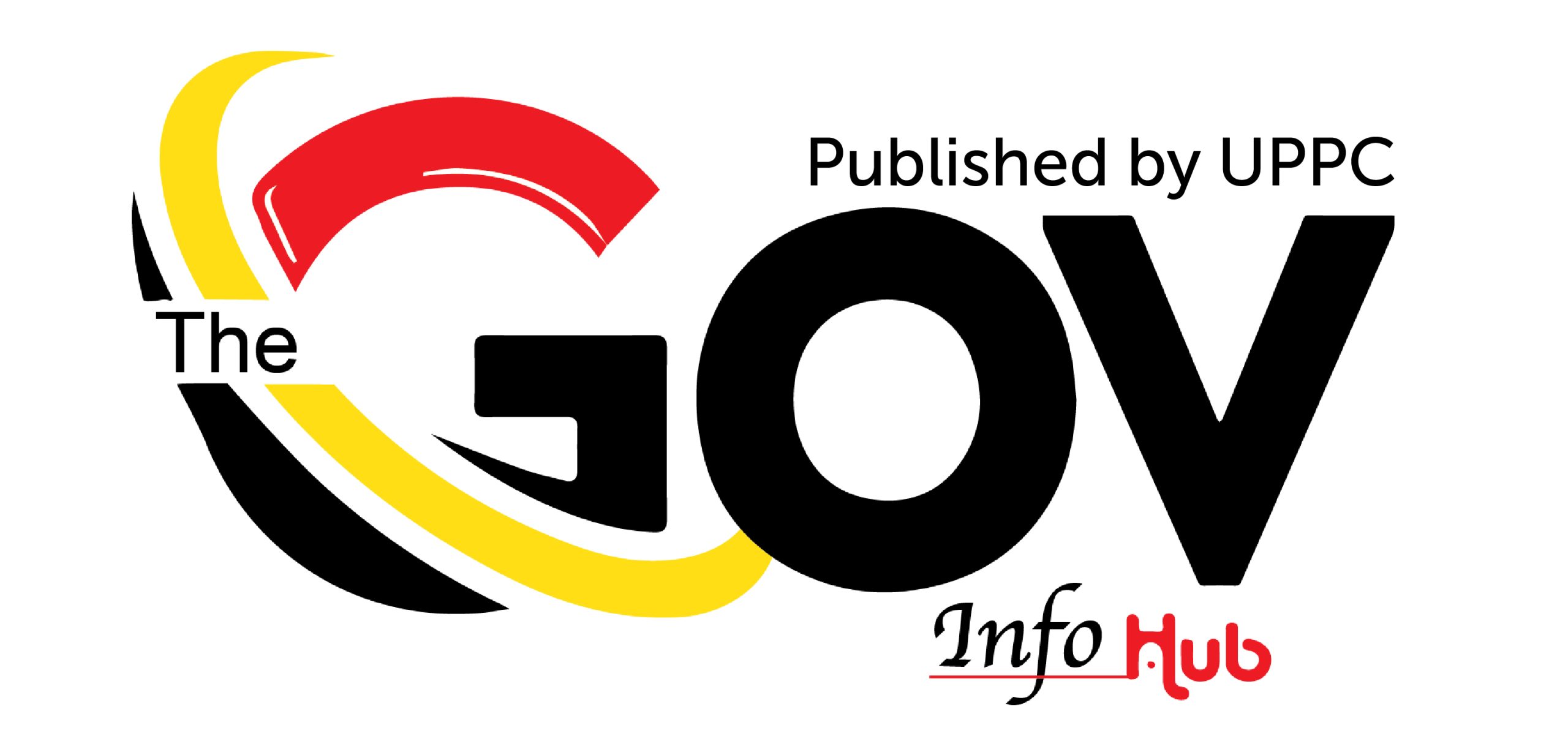Uganda is a step closer to having its own oil refinery, following the signing of an agreement with the contractors, Alpha MBM Investments.
The signing of the Implementation Agreement (IA) for the Uganda Refinery lays the foundation for the project, which is crucial for the commercialization of Uganda’s oil and gas resources, according to the Ministry of Energy and Mineral Development.
The refinery is planned to refine crude from the Albertine region into various petroleum products for the local and regional markets.
President Yoweri Kaguta Museveni oversaw the signing of the IA between the Ministry, Uganda National Oil Company (UNOC) and the joint venture partner, Alpha MBM Investments, at the State House, in Entebbe.
The ministry says that Alpha MBM Investments is a distinguished company from the United Arab Emirates (UAE) led by His Highness Sheikh Mohammed bin Maktoum bin Juma Al Maktoum, a member of the Dubai Royal Family.
It says that the agreement marks a significant milestone for Uganda and paves the way for the design, construction and operation of the 60,000-barrels-per-day refinery to be undertaken in Kabaale, Hoima.
While production and exportation of crude are expected to commence late next year or early 2027, depending on the conclusion of the East African Crude Oil Pipeline (EACOP) project.
Construction of the refinery is expected to span three years with UNOC and Alpha MBM Investments as the project partners.
We are pleased to have a partner with financial strength and a solid reputation. “Work on the refinery will commence immediately,” said Ruth Nankabirwa, the Minister for Energy and Mineral Development.
The refinery, which will be East Africa’s first major crude processing plant, aims to reduce Uganda’s dependency on imported petroleum products and is expected to meet the local (Ugandan) and regional demand for petroleum (fuel) products.
The government says it welcomes East African countries like South Sudan, which sports crude through Sudan, and the Democratic Republic of Congo and Rwanda, which are prospective oil producers to refine their products are the Ugandan refinery.
This, according to analysts, would make it cheaper for the region to exploit its petroleum resources instead of either exporting crude to each country having its own refinery.
Kenya’s refinery Kenya halted operations after plans to invest 1.2 billion dollars in its upgrade were considered not viable. Its core business is now the storage of petroleum products.
Similarly, Tanzania’s refinery, originally launched in 1966, stopped operations in 2000 and was taken over by the Tanzania International Petroleum Reserves Limited (TIPER), a joint venture between the Government of Tanzania and Oryx Energies, with core businesses being storage.
The commercialization of Uganda’s oil and gas comprises the refinery and the EACOP, whose construction is already progressing both in Uganda and Tanzania.
Earlier in the week, EACOP, a joint venture between UNOC (representing Uganda), TotalEnergies, CNOOC Uganda Ltd and Tanzania Petroleum Development Corporation, announced that it had closed the first tranche of external financing for the project.
It is provided by a syndicate of financial institutions including regional banks such as African Export Import Bank (Afreximbank), The Standard Bank of South Africa Limited, Stanbic Bank Uganda Limited, KCB Bank Uganda and the Islamic Corporation for the Development of the Private Sector (ICD).
At full capacity, Total Energies and CNOOC are expected to produce 200,000 barrels of crude oil per day, while the refinery is expected to start with processing of 30,000 barrels and later 60,000. The rest of the crude would be exported to the international market through Tanzania using the EACOP.
The refinery project, which includes the development of a 211-kilometer petroleum products pipeline from Hoima to a storage terminal in Wakiso near Kampala, is estimated at 3 billion to 4 billion dollars.


